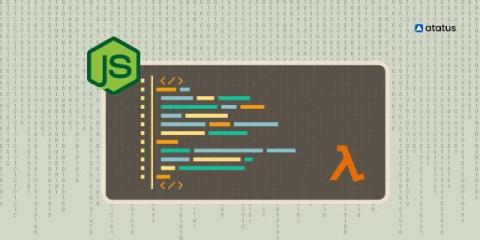Free the data: Why US federal agencies should standardize on OpenTelemetry
In today's digital age, data is the lifeblood of modern organizations — and the US government is no exception. As agencies grapple with the ever-increasing volume and complexity of data, it is imperative to adopt a standardized approach to monitoring, analyzing, and understanding the behavior of complex IT systems. This is where OpenTelemetry, an open-source observability framework, comes into play.











